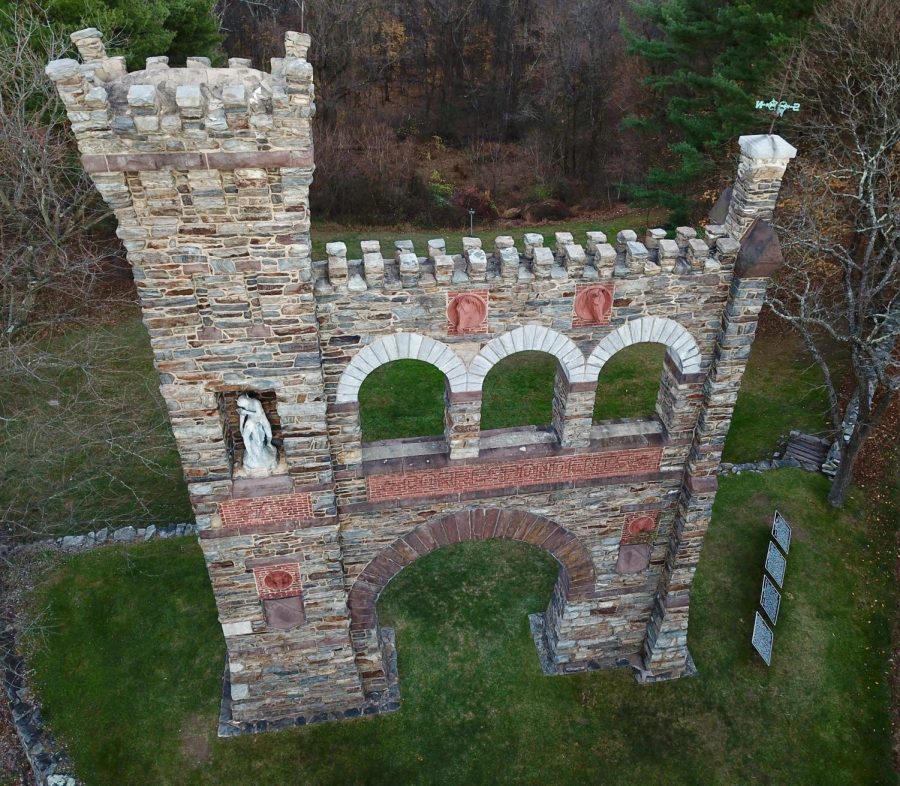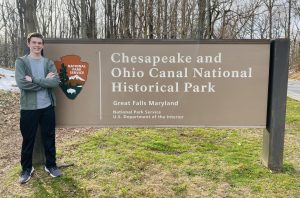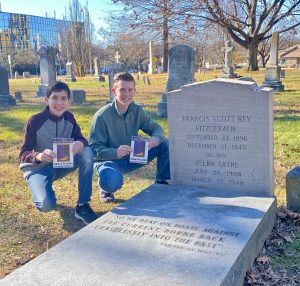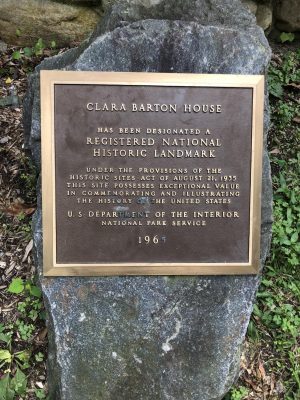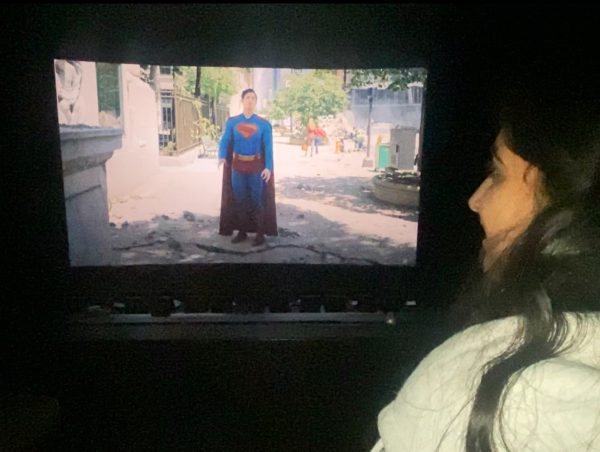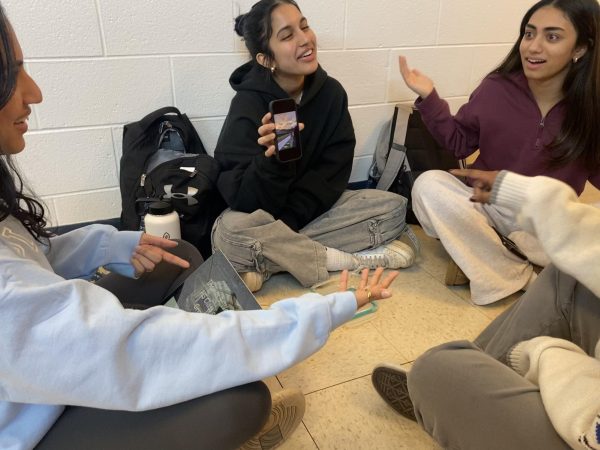Gems in the shadows: The National War Correspondents Memorial Arch
The National War Correspondents Memorial Arch pays homage to all the journalists who have lost their lives while covering war.
We are lucky to live in a region rich with history, artifacts, monuments and stories that helped shape our area and our nation. However, many of these gems are hidden in the shadows of larger, more popular attractions, waiting to be explored. One such place is the National War Correspondents Memorial Arch, located in the shadow of the Appalachian Trail.
Erected in 1896 by Civil War correspondent George Townsend, the structure is one of the only memorials in the world that is dedicated to journalists who have been killed in the crossfire of war. This is one piece of history that is often overlooked, yet integral for people to learn about as journalists simply do not receive enough recognition for their bravery while gathering information to relay to the public.
The monument was officially dedicated Oct. 16 of the same year that it was built, and is displayed near the base of Crampton’s Gap at South Mountain, MD. The physical structure of the monument is simply awe-inspiring. The subdued yet regal colors of the stones and symbols included on it pay homage to the fact that while journalists are not often “eye-catching” and noticed, they provide a strong foundation for the flow of information, and remain strong against any challenges (as evident by the pristine condition of the arch after all these years).
Just mere feet away from an entry point to the Appalachian Trail, the location of the National War Correspondents Memorial Arch is in an ideal location for individuals who either love history or appreciate hiking in nature, or both.
Before visiting the memorial, it is important to have at least a general understanding of what it represents. Journalism allowed for something during the Civil War that had never existed in prior conflicts: the ability to relay the gruesome and tragic events of battle to those who were at home.
This new coverage allowed the events that were taking place to seem much more “real” and prominent as opposed to just tales of skirmishes happening far away. Something that we take for granted today, photography, was used to document a war for the first time in history, and opened the publics’ eyes to the risks involved with a journalist’s profession as well as the aftermath of war.
History is full of stories during times of war when there is often strong government intervention with the press so that only propaganda and heavily whitewashed articles made it to print. However, the Civil War was different, as President Abraham Lincoln actually encouraged the free press, and would allegedly schedule meetings with journalists to allow them to interview and accompany him throughout his day of work. Many Union journalists even sided with the Confederacy on issues such as succession and slavery being a state rather than federal issue, which demonstrates Lincoln’s support for freedom of the press and tolerance for articles not favorable to his cause.
While the Civil War was responsible for tearing the nation apart, it can also be credited with encouraging writers to come together for the first time as professionals who viewed journalism not as a quick way of making a few extra dollars on the side, but rather as a respectable career and community. Therefore, the journalists who sacrificed themselves in the line of fire while trying to report their interpretation of the war were trailblazers for the press workers of today who risk their lives to deliver timely stories to audiences in the safety and comfort of their homes.
Today, the 50-foot-tall arch reflects that rich history, where one is able to pay their respects and express their appreciation for the unsung heroes of the news.
Your donation will support the student journalists of Thomas S. Wootton High School. Your contribution will allow us to purchase equipment and cover our annual website hosting costs.
Joshua M. Freedman is a 2022 graduate.


